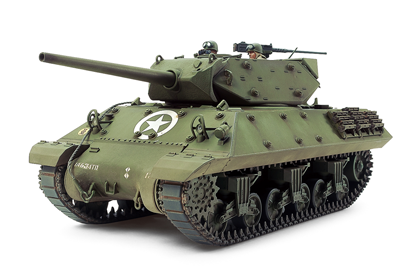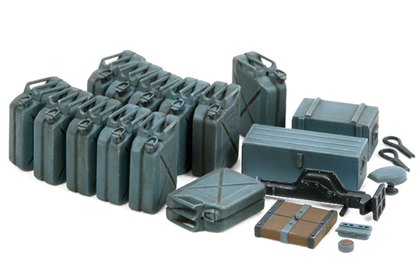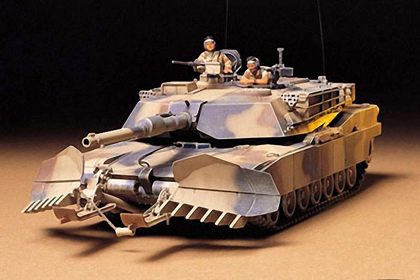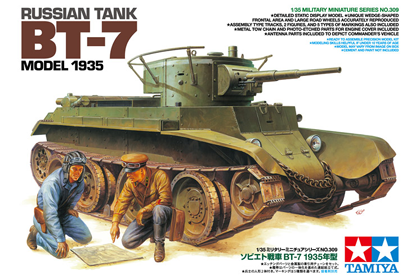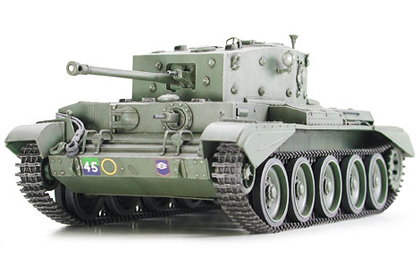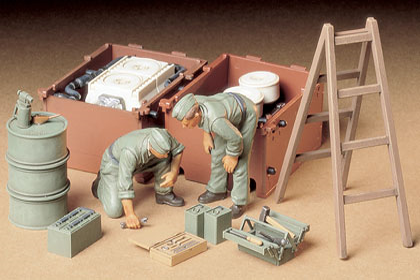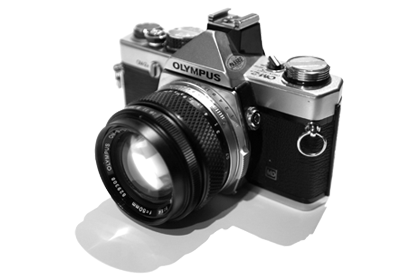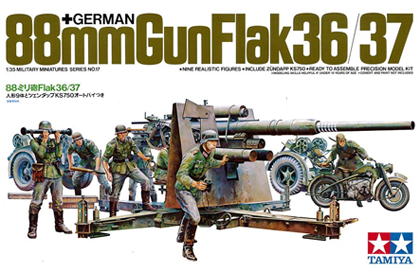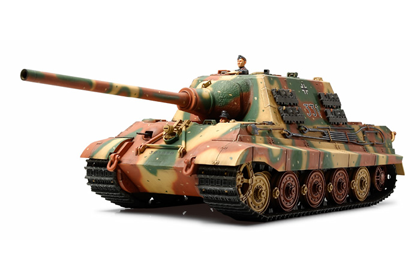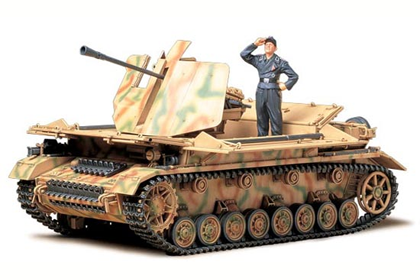This is the Tamiya 35 158-3400 kit in 1/35 scale, of the ‘US M1A1 Abrams w/ Mine Plow’.
Developed during the early 1980’s, the M1 Abrams tank benefited from the latest technological wonders of the time, giving it enormous advantage on any battlefield. The turret, being very angular and squat, had a very roomy interior. This angular design was combined with Chobham armor for excellent protection against the kinetic energy from hollow charge projectiles.
The hull sides and rear panels are vertical, with only the front angled to deflect anti-tank shots. The 1500 horsepower Avco-Lycoming AGT-1500 turbine engine provides remarkable speed and maneuverability plus being regarded as one of the quietest tank powerplants available today. During the mid 1980’s the M1 underwent an improvement program to upgrade its 105mm gun to the type M256 120mm smoothbore cannon.
The armor at the frontal area of the lower hull front and turret was also increased, and it was given the new designation of “M 1A1”. Other improvements are seen in the enlarged rear turret bustle stowage rack, a new style crosswind sensor, a revised gunner’s sightmount, plus reinforced suspension and transmission unit.
One of the more specialized pieces of equipment utilized on this tank is a detachable plow for uncovering and neutralizing mine fields. Land mines are a menacing problem for both humans and vehicles during any conflict, and the operations of this specialized M1A1 helped clear the way for troops following the tanks during the recent Gulf conflict.
